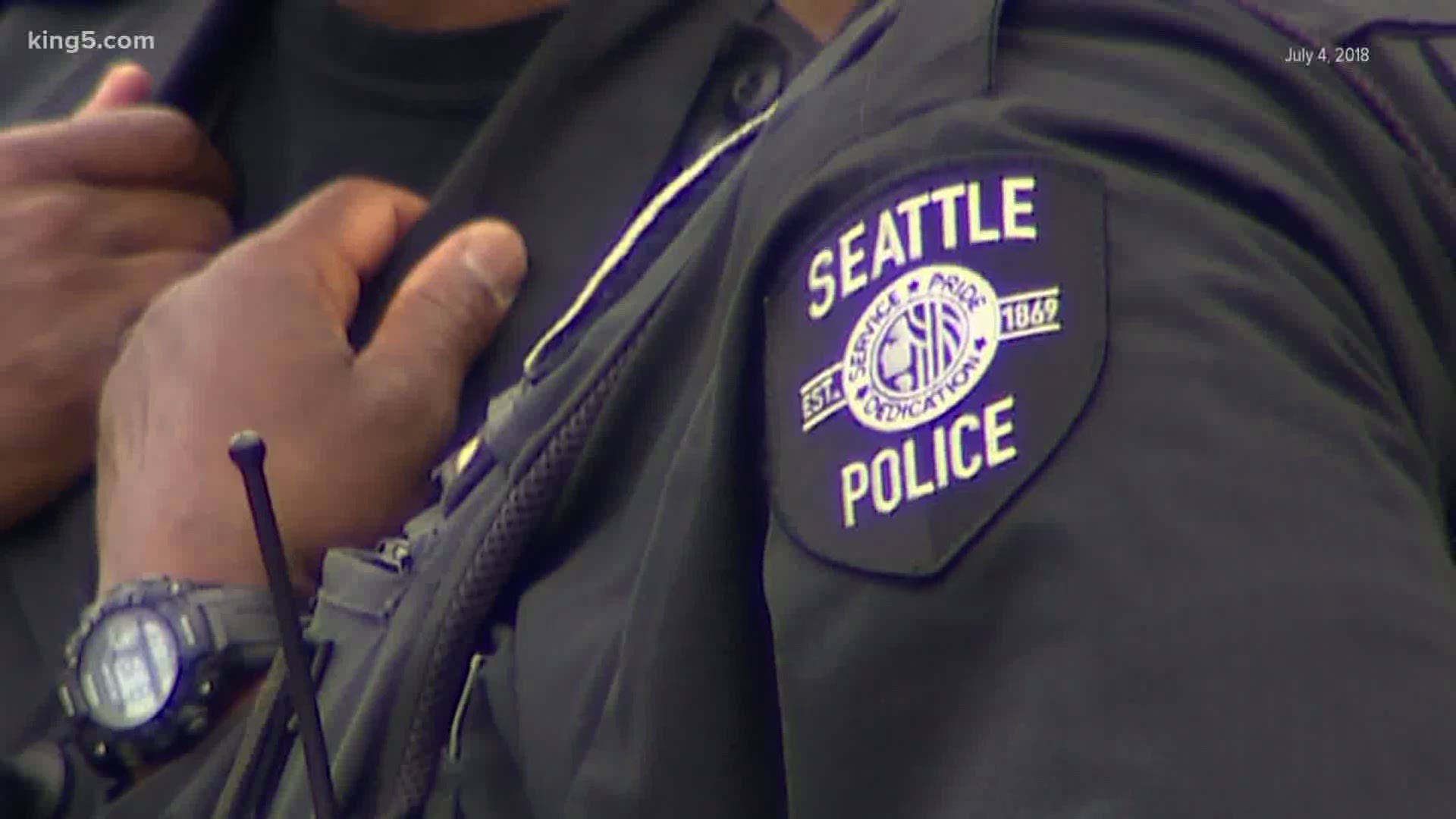SEATTLE — The Seattle Police Department (SPD) released an updated use of force policy on Friday prohibiting officers from using neck holds and carotid restraints in all circumstances.
Before the SPD’s use of force policy was updated, officers could use neck and carotid restraints only when deadly force was justified. However, the use of the restraints were “strongly disfavored by the department due to the fact they create a high risk of injury or death when improperly applied,” the previous policy stated.
Any contact an officer makes with a person’s neck “causing or reasonably likely to cause injury or loss of consciousness” will be screened by the Force Investigation Unit.
“Known inadvertent contact with a subject’s neck during the application of a head control tactic, or other control technique which results in momentary contact with the neck of a subject without the risk or intention of restricting the flow of blood or oxygen is not a neck or carotid restraint, but must be screened with a supervisor,” an update to the use of force policy reads.
The policy change follows unanimous Seattle City Council vote to ban police from using chokeholds, tear gas, pepper spray, and several other crowd control devices after officers used them on mostly peaceful demonstrators protesting racism and police brutality.
Legislation sponsored by Seattle City Councilmember Kshama Sawant not only bans the use of chokeholds, classifying them as an unlawful "use of force," it also opens the city up to lawsuits that could pay up to $100,000 in damages.
Seattle Mayor Jenny Durkan and Police Chief Carmen Best previously said several policy changes were in the works to hold police accountable and protect peaceful protesters.


